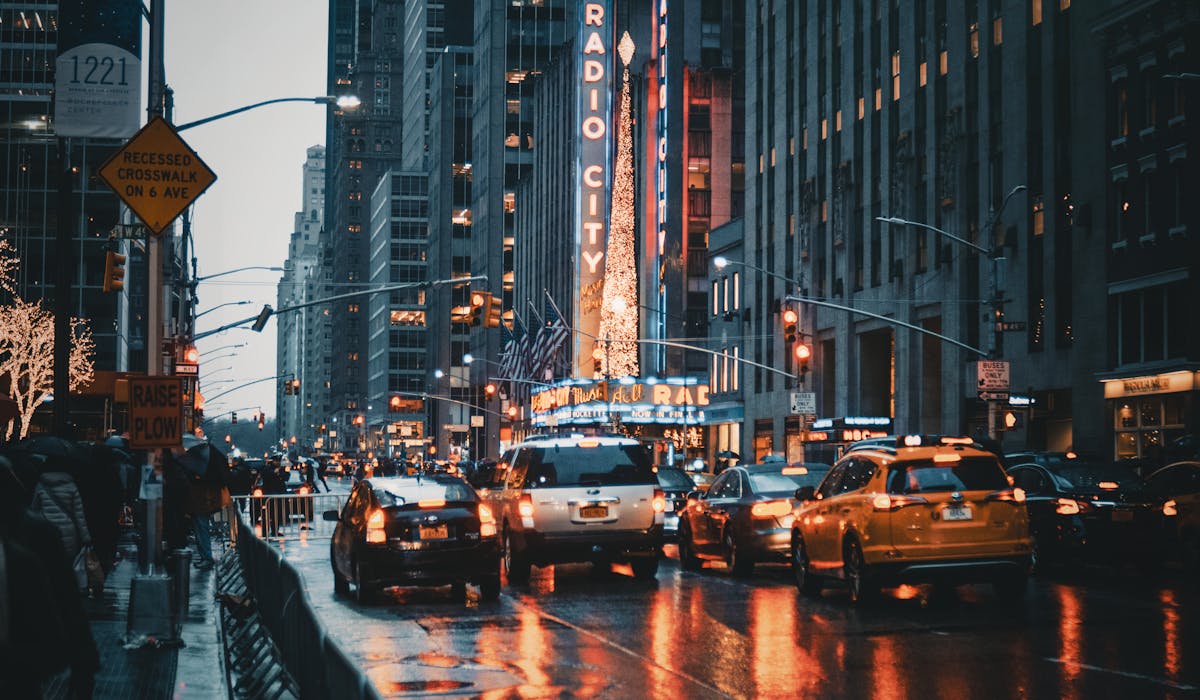The Framing Streets PDFs
Table of ContentsFraming Streets - The Facts9 Easy Facts About Framing Streets ShownFraming Streets - Truths10 Easy Facts About Framing Streets ExplainedThe Framing Streets PDFsThe Greatest Guide To Framing Streets
Digital photography genre "Crufts Canine Show 1968" by Tony Ray-Jones Street digital photography (also sometimes called honest digital photography) is digital photography carried out for art or questions that features unmediated chance experiences and arbitrary cases within public areas, usually with the objective of catching photos at a crucial or poignant moment by cautious framing and timing. 
Framing Streets Things To Know Before You Get This
Susan Sontag, 1977 Street digital photography can concentrate on individuals and their behavior in public. In this regard, the street photographer resembles social docudrama professional photographers or photographers that additionally operate in public places, however with the aim of catching relevant events. Any one of these photographers' images might catch people and residential or commercial property visible within or from public areas, which frequently involves browsing ethical concerns and legislations of privacy, protection, and residential or commercial property.
Depictions of daily public life form a genre in virtually every duration of globe art, starting in the pre-historic, Sumerian, Egyptian and early Buddhist art durations. Art managing the life of the street, whether within views of cityscapes, or as the leading theme, appears in the West in the canon of the Northern Renaissance, Baroque, Rococo, of Romanticism, Realism, Impressionism and Post-Impressionism.
Rumored Buzz on Framing Streets
Louis Daguerre: "Boulevard du Temple" (1838 or 1839) In 1838 or 1839 the first photo of numbers in the road was recorded by Louis-Jacques-Mand Daguerre in one of a pair of daguerreotype views taken from his workshop home window of the Blvd du Holy place in Paris. The 2nd, made at the height of the day, reveals an unpopulated stretch of street, while the various other was taken at regarding 8:00 am, and as Beaumont Newhall records, "The Blvd, so regularly full of a relocating throng of pedestrians and carriages was completely solitary, except a person who was having his boots brushed.
His boots and legs were well defined, but he is without body or next head, due to the fact that these were in motion." Charles Ngre, waterseller Charles Ngre. https://www.pubpub.org/user/david-turley was the first professional photographer to attain the technical refinement required to register people in movement on the street in Paris in 1851. Digital Photographer John Thomson, a Scotsman dealing with reporter and social protestor Adolphe Smith, published Road Life in London in twelve regular monthly installments starting in February 1877
All about Framing Streets
Eugene Atget is considered as a progenitor, not because he was the initial of his kind, but as a result of the popularisation in the late 1920s of his record of Parisian streets by Berenice Abbott, who was motivated to embark on a comparable paperwork of New York City. [] As the city created, Atget assisted to promote Parisian roads as a worthwhile topic for digital photography.

The 10-Minute Rule for Framing Streets
Martin is the very first recorded digital photographer to do so in London with a masked cam. Mass-Observation was a social research study organisation established in 1937 which aimed to record day-to-day life in Britain and to record the responses of the 'man-in-the-street' to King Edward VIII's abdication in 1936 to marry divorce Wallis Simpson, and the succession of George VI. The chief Mass-Observationists were anthropologist Tom Harrisson in Bolton and poet Charles Madge in London, and their initial record was created as guide "May the Twelfth: Mass-Observation Day-Surveys 1937 by over two hundred observers" [] Home window cleaner at Kottbusser Tor, Berlin, by Elsa Thiemann c. 1946 The post-war French Humanist Institution professional photographers found their topics on the road or in the bistro. In between 1946 and 1957 Le Groupe des XV annually exhibited job of this kind. Andre Kertesz. Circus, Budapest, 19 May 1920 Street photography developed the significant material of two exhibits at the Museum of Modern Art (Mo, MA) in New York curated by Edward Steichen, 5 French Photographers: Brassai; Cartier-Bresson, Doisneau, Ronis, Izis in 1951 to 1952, and Post-war European Photography in 1953, which exported the concept of road digital photography worldwide.

10 Simple Techniques For Framing Streets
, after that an instructor of young youngsters, connected with Evans in 193839.'s 1958 book,, was substantial; raw and typically out of emphasis, Frank's pictures questioned conventional digital photography of the time, "challenged all the official rules laid down by Henri Cartier-Bresson and Walker Evans" and "flew in the face of the wholesome pictorialism and wholehearted photojournalism of American magazines like LIFE and Time".